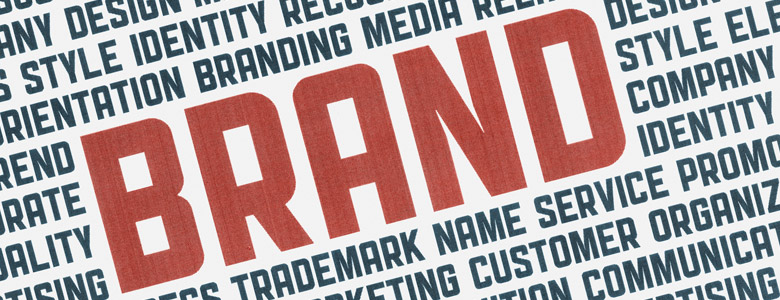

There is a great article in the November edition of Marketing Magazine called ‘Ten Things Great Brands Do’ by Karl Treacher.
I have included four which provoked comment in our office:
1.Great Brands Know You
They usually invest above-the-market average in market research, understanding as much as they can about the human psyche and how to be as useful and relevant as they can to their audience. He uses the example of Amazon who started in publishing, then moved their business model towards selling anything that people want to buy online.
I also agree that it’s the truly great brands that continue to keep on top of where their market is going, where the opportunities are and what they can do to re-position themselves. Those brands that stand still are definitely not around for long.
2.They Know Who they are and Why they Exist
Karl talks about the “experience economy” and that top brands are leading the charge by demonstrating their purpose and value through experiences. Consumers are keen to see how a brand aligns with their values, lifestyle and ambitions.
The hard part is how to communicate this to your audience within budget while being relevant? Activities such as online chat and interactive games can enhance the experience as a customer, or ‘guest’ as Walt Disney refers. The experience economy talks about meaningful events, education, and entertainment and about being different from services and from products. It’s something that people will pay for, ‘An experience occurs when a company intentionally uses services as the stage, and goods as props, to engage individual customers in a way that creates a memorable event’ (Pine and Gilmore in Harvard Business Review).
3.Great Brands are Meaningfully Different
Great brands are not different for the sake of being different, everything they do has to have meaning and relate back to their core purpose.
He uses the Adidas Shackles example, which is a boot with shackles for people’s ankles. With the target market primarily basketball players and strong connotations towards slavery this campaign “did nothing to bring ‘meaning’ to the Adidas product or brand experience” (Treacher, Marketing Magazine, November 2013, p.37).
It’s unbelievable that the Adidas idea even got out of the boardroom, how could no one see that it will never be ok to joke or play homage to human slavery? Adidas is one brand many marketers look up to, and I can see why many “cool” brands could fall in to this trap of creating different campaigns without being relevant. Sometimes these campaigns get so much attention it can work in their favour.
4.Great Brands Operate End-to-End, Inside Out and Outside In
Great brands invest in ensuring their employees live and breathe the brand and understand it. It’s not just about the brand being the same and consistently delivered through all available channels, it’s about being consistent through all the employees that help deliver these experiences too “Omni-channel marketing is one thing – great brands aspire to be omni-present”(Treacher, Marketing Magazine, November 2013, p37).
It sounds easy to ensure that all the employees live and breathe the brand, but how do you deliver this? How can you improve your company’s culture to ensure that all employees deliver the same customer experiences across the company? Research suggests that it all starts with recruitment and includes: induction, training, rewards, recognition, interpersonal communication, teamwork and leadership from management who reinforce these behaviours. Read more at: The Management of Organisation Culture by Lesley Willcoxson & Bruce Millett.
